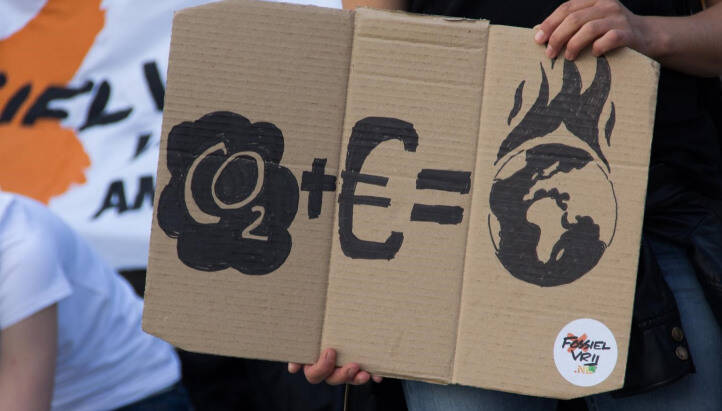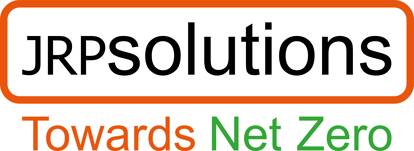I believe that one of the greatest strengths of the energy management standard ISO 50001 is the requirement to show continual improvements. This is going to be even more critical going forward if this country is going to meet the Government’s carbon targets. We are often challenged with the argument that there is a limit to what improvements can be made, but I am personally very clear myself that an organisation will always be able to demonstrate continual improvement.

This argument became an ‘old chestnut’, largely proffered by energy professionals not engaged at the sharp end (especially those without practical behaviour change experience), when the continual improvement requirement was added to the ISO 50001:2018 standard when it was being developed (2016-7).
But, it should be remembered that the scope for energy consumption savings, both technical and behavioural, is immense, maybe even 80% depending on the type of site/business and we are far from getting anywhere near to this!
We have a very robust approach to energy auditing and typically identify 25-40% more opportunities for saving energy.
If an organisation is repeatedly unable to demonstrate energy consumption improvements this would eventually lead to a major non-compliance, though there would be time (maybe 2-3 years depending on skills of the assessor) to rectify the situation.
I believe that the law of diminishing returns, and also cost benefit analysis and paybacks, would only begin to start to kick in when, say, 30% savings have been demonstrated. By this time an organisation would not want to be without ISO 50001 as it would be a huge backward step as well as an expensive one.
It is worth remembering that energy consumption improvements do not need to be absolute. Use of the correct energy performance indicators is critical to the initial set up of ISO 50001 and as time moves on, if done correctly, relative energy targets would continue to show improvements which meets the requirements as the organisation is more efficient. There is nothing wrong with, for example, almost doubling energy consumption if production or floor area has more than doubled.
We’re in regular contact with organisations that have achieved certification to ISO 50001 and we know that certification is not the end of the journey and we know that there is always more that can be done to improve energy efficiency and management. We regularly work with our clients beyond achievement of ISO 50001 certification to ensure that standards are maintained and that improvements continue.
If you would to discuss any of the above, please contact us on 0800 6127 567 or email us info@jrpsolutions.com.
N.B. The information contained in this entry is provided by the above supplier, and does not necessarily reflect the views and opinions of the publisher


